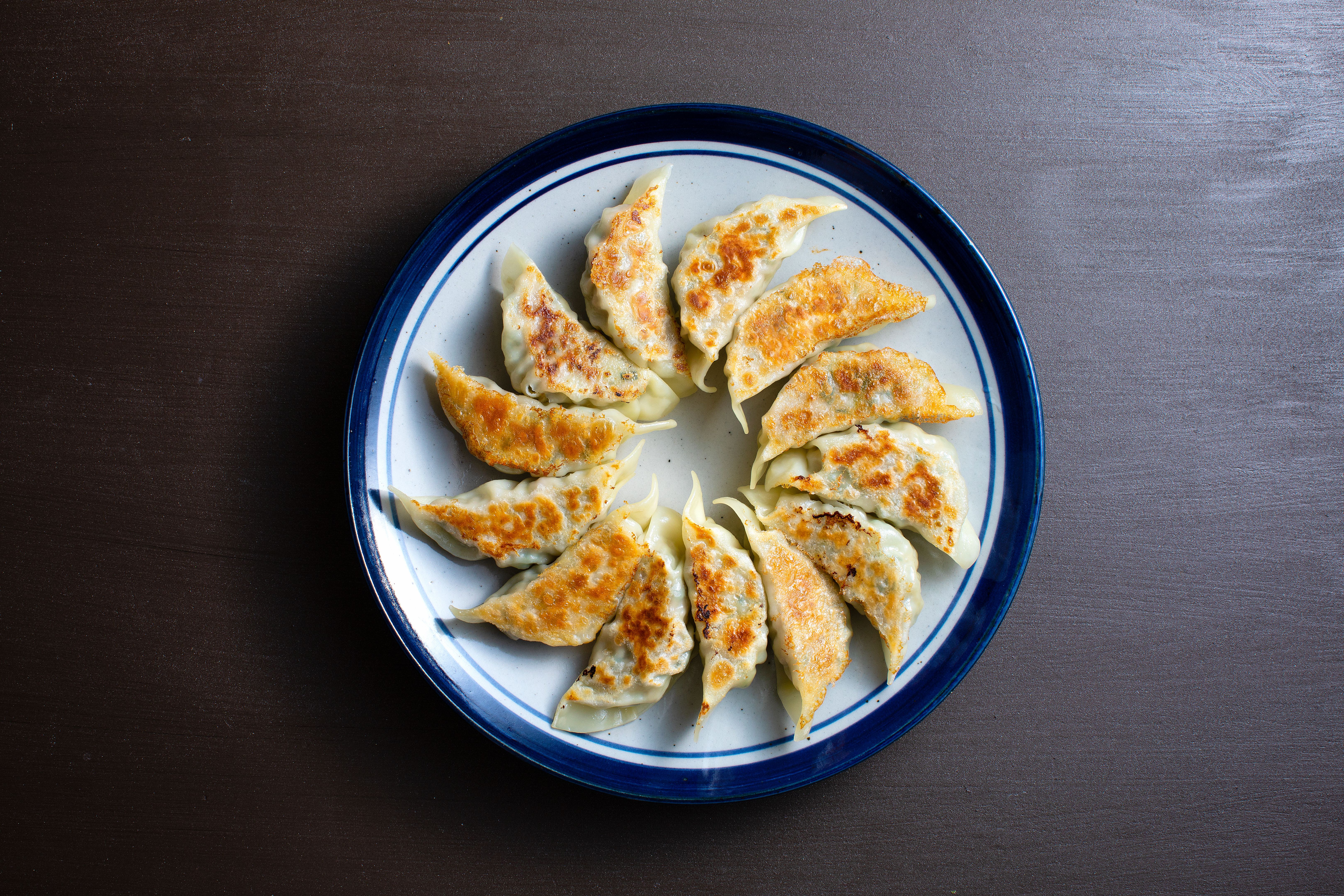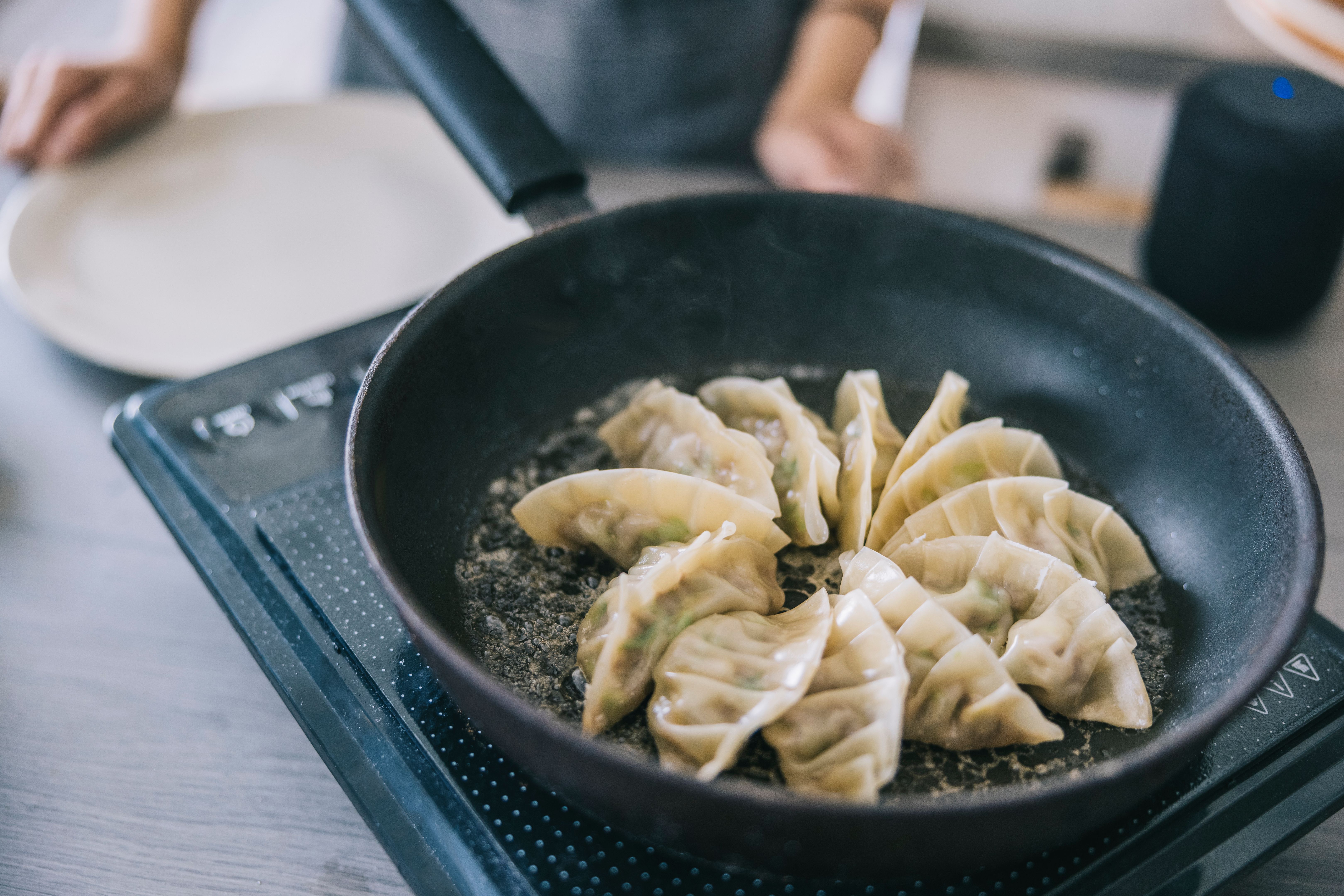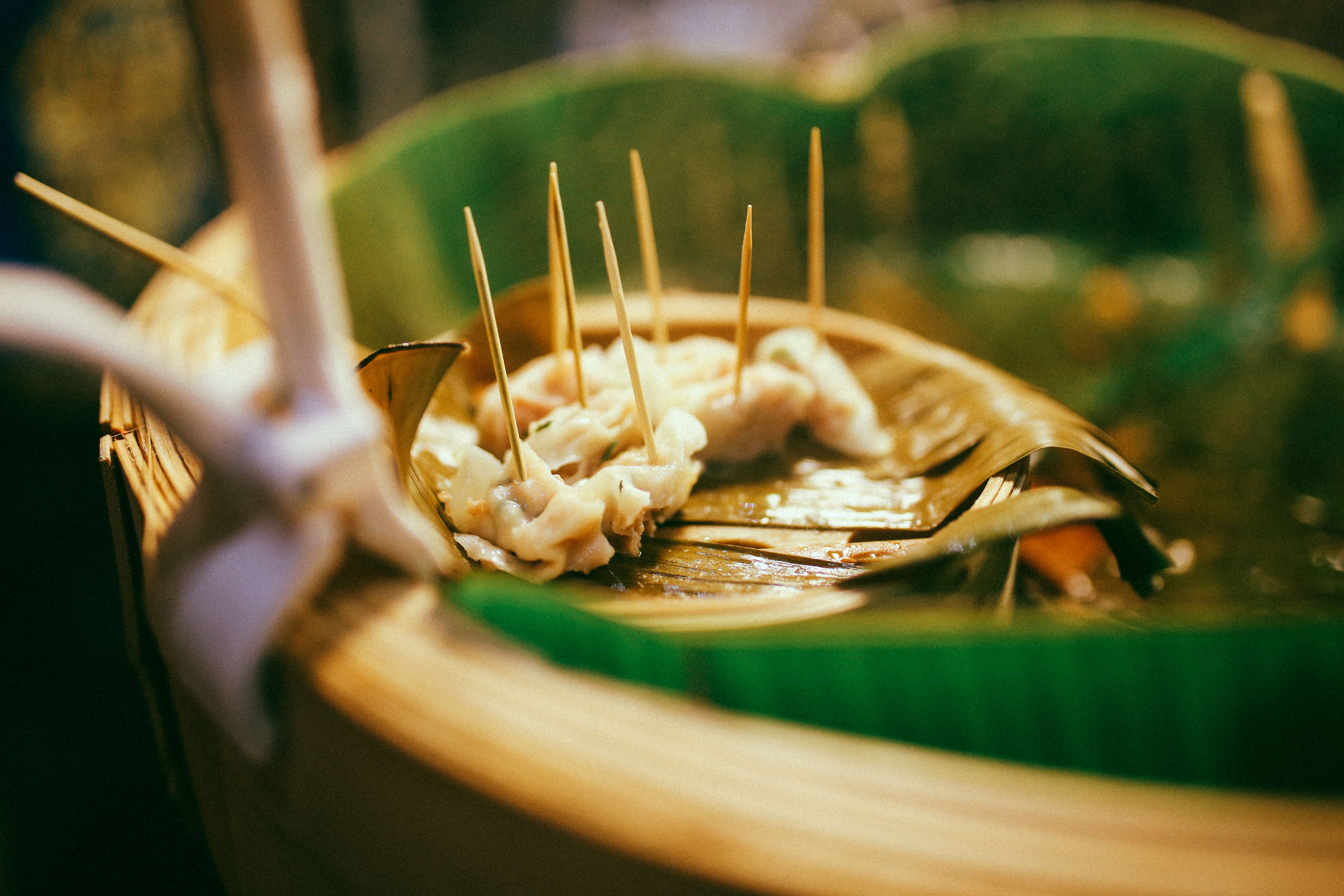Exploring Gyoza: The Perfect Harmony of Crispy and Juicy Dumplings
An Introduction to Gyoza
Gyoza, a beloved dish with origins in Asian cuisine, has captured the hearts and palates of people worldwide. These delightful dumplings are renowned for their perfect balance of textures—crispy on the outside and juicy on the inside. Whether served as an appetizer or a main course, gyoza offers a culinary experience that's hard to resist.
The harmonious combination of flavors and textures is what makes gyoza stand out. Traditionally, gyoza is filled with a mixture of ground meat, vegetables, and seasonings wrapped in a thin dough skin. The dumplings are then pan-fried until they achieve that iconic crispy bottom while retaining a tender and moist filling.

The Art of Making Gyoza
The process of making gyoza is as enjoyable as eating them. It begins with preparing the filling, which often includes ingredients like ground pork, garlic chives, cabbage, ginger, and soy sauce. Each ingredient plays a crucial role in creating the dish's rich and savory flavor profile.
Once the filling is ready, it's time to wrap the dumplings. This step requires a bit of skill and practice, as the thin dough needs to be folded perfectly to encase the filling without tearing. The pleating technique not only secures the filling but also adds an aesthetic touch to each dumpling.
Cooking Techniques for Perfect Gyoza
Cooking gyoza involves a technique known as "fry-steam-fry," which results in their characteristic texture. First, the dumplings are fried in oil until the bottom turns golden brown. Then, a small amount of water is added to the pan, creating steam that cooks the filling thoroughly.

Finally, the lid is removed to allow any remaining water to evaporate, and the dumplings are fried once more to restore their crispiness. This cooking method ensures that gyoza remains juicy inside while boasting a delightful crunch on the outside.
Gyoza Varieties and Flavors
While pork and cabbage are traditional fillings, gyoza can be made with a wide array of ingredients to suit different tastes and dietary preferences. Vegetarians can enjoy versions filled with mushrooms, tofu, or mixed vegetables. Seafood lovers can opt for shrimp or crab-filled gyoza for a refreshing twist.
Creative chefs often experiment with spices and herbs to introduce new flavors. Some might infuse gyoza with curry powder, chili oil, or even cheese for an innovative fusion experience. The versatility of gyoza makes it a dish that can be endlessly customized.

Pairing Gyoza with Dipping Sauces
No gyoza experience is complete without a selection of dipping sauces. The classic combination includes soy sauce mixed with rice vinegar and a hint of sesame oil. For those who enjoy a bit of heat, adding some chili oil or sriracha can elevate the flavor profile.
Other popular dipping sauces include ponzu—a citrus-based sauce—or a sweet chili sauce for those who prefer a touch of sweetness. The choice of sauce can greatly enhance the overall taste experience, complementing the flavors of the filling perfectly.
Conclusion: Embracing Gyoza
Gyoza is more than just a dish; it's a celebration of textures and flavors that brings people together. Whether enjoyed at home or in a restaurant, these delightful dumplings never fail to impress. Their ability to be customized and paired with various sauces makes them a versatile favorite for many food enthusiasts.
If you haven't yet indulged in the crispy and juicy delight that is gyoza, now is the perfect time to explore this culinary gem. With each bite, you'll discover why gyoza continues to be cherished around the world.
